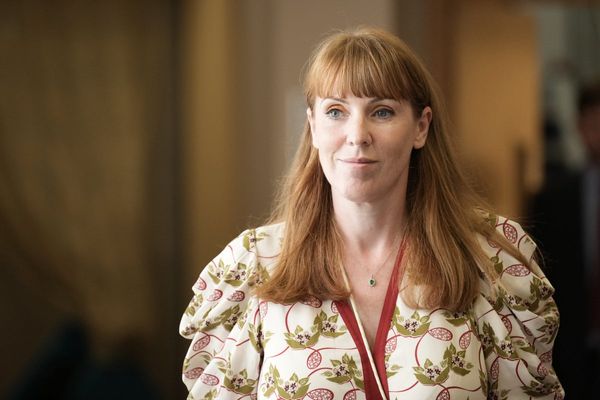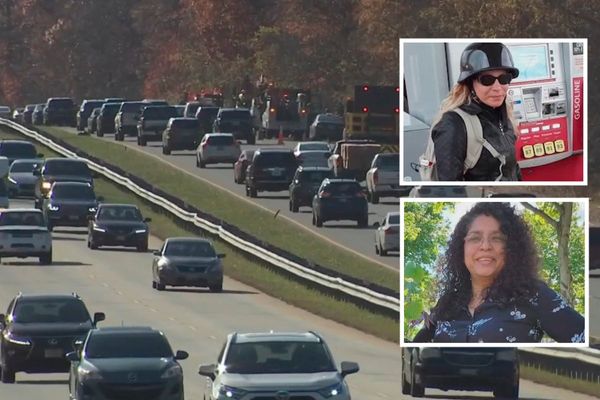During school vacation back in the day, I went outside one evening and just gazed at the barren streets. One retired gentlemen from our area stopped his motorbike in front of our home, and conveyed his wish to make our streets green. He asked me if I am interested in planting saplings. I said ‘yes’. He took me to a nearby nursery and we bought two Pongamia pinnata saplings and carried it to our area.
I took a spade from my grandfather’s home to dig a pit. It was heavy, but I started striking on the robust cement roads of our street. Unaccustomed to this type of physical work, my palms scarred. I wrapped a cloth on my hand and dug again. We carefully placed the saplings inside the pit and closed it.
As the days went by, we ended up planting 57 saplings of a wide variety of indigenous trees. Many residents happily gave their consent, some denied — we tried to persuade a few, but still if they resisted, we moved on. After some time, these saplings grew to trees and starting giving shade and even fruits.
But many people started complaining that their roots were breaching the walls and some said it was difficult to sweep away the leaf litter, while other raised the frivolous issue of bird droppings from the trees damaging the paint of their houses. Soon, they started cutting down the trees. It was heart wrenching to watch this. After a neem tree was felled, my heart ached to the watch the sparrows which lost their nest. The trees resisted adverse weather but could not resist the intense pressure from humans. Now only 20-25 of them survive, and they too are vulnerable to human actions.
While climate change and sustainability are debated, net zero and averting a climate catastrophe are only possible when a change comes within the heart of the people. Let us pledge to plant more saplings, as trees act as a carbon sink and provide many benefits to us and our planet. If not, least we could do is protect the existing ones.
rishidevmahadevan@gmail.com







